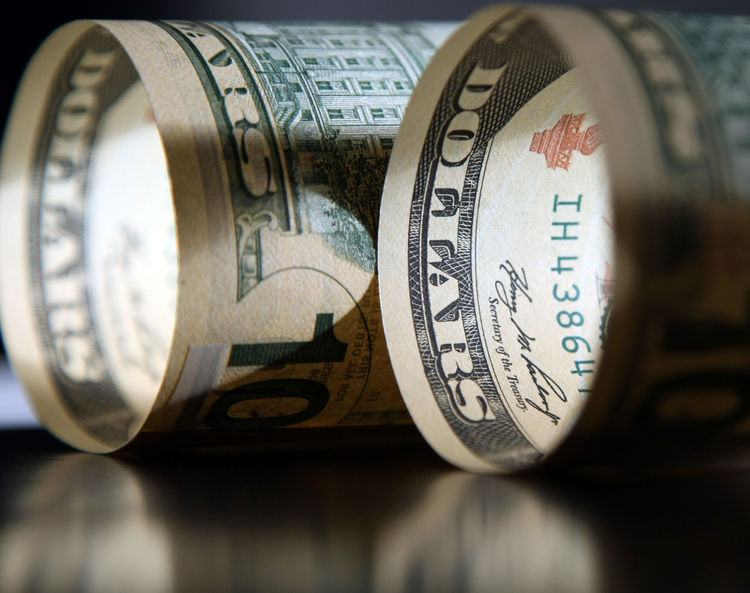A mixed start to the new trading week, one in which the bulk of the big market-moving events are due from Wednesday onwards.
That may make for choppy trading over the next couple of days, in keeping with what we’ve seen so far in Europe. We will still hear from some central bank policymakers in that time which could send ripples through the markets but again, the biggest of these will also come on Wednesday, when Fed Chair Powell, ECB President Lagarde and BoE Governor Bailey all appear on a panel at the ECB Forum.
It’s been a strange couple of weeks in the markets following the most recent sell-off. Investors are looking at current levels with keen interest but continue to question whether we’ve seen peak inflation and as a result, interest rate expectations and economic doom and gloom.
There’s perhaps some cautious optimism that the worst of the sell-off is behind us, although how often have people asked that question in recent months? And it’s not just a case of whether inflation has peaked, it’s whether it will decelerate in a manner that doesn’t require greater assistance from central banks which could push economies either into or deeper into recession.
I remain sceptical about any bear-market rallies and still think the risk of negative shocks from the data will limit their momentum. It’s going to feel like swimming against the tide for a while yet but at some point in the not too distant future, the tide may turn in its favour if the inflation data starts to improve.
So much monetary tightening and economic pessimism is now priced in that it may not take too much to see that pared back, creating something of a tailwind for equity markets. Of course, it’s when that happens that’s important and many will have expected to see it already so we may have to be patient a little while longer yet.
Oil cools further amid some supply hope
Oil prices are marginally lower at the start of the week after enjoying a bit of a rebound on Friday. We appear to be seeing an interesting moment in oil where a tight market is being priced against a likely economic decline, even a recession, which could help to rebalance it.
And there may be other factors contributing in some way to the cooling off, with Nigeria indicating that it will be able to hit its production quota by August having fallen well short until now. At nearly half a million barrels, that would be a significant uplift over the next couple of months.
US output is also gradually rising, with shale producers making the most of high prices by re-fracking existing wells, while the number of rigs also continues to edge higher. US output is now a little over a million barrels per day below the pre-pandemic peak.
Gold consolidates further
Gold prices are pretty much flat at the start of the week as it continues to tread water around $1,830. Rather than a breakout in recent weeks following all of the central bank activity, the yellow metal appears to have consolidated further. Reports of an impending G7 ban on Russian gold imports appeared to have given it a minor lift earlier but given the decision simply formalises a practice that was largely already in place, I don’t think we can read anything into the move.
Another bitcoin rally quickly fades
Bitcoin has erased earlier gains today trade close to $20,000 once more. It is seriously struggling to generate any upside momentum, even when risk appetite in the broader market improves. Rallies are fading quickly which is probably a reflection of the downbeat sentiment in the market at the moment. Higher interest rates and widespread risk aversion have hammered cryptos, not to mention the recent headlines which have been far from encouraging. Traders are clearly taking a very conservative view of the space and that may not change any time soon.










